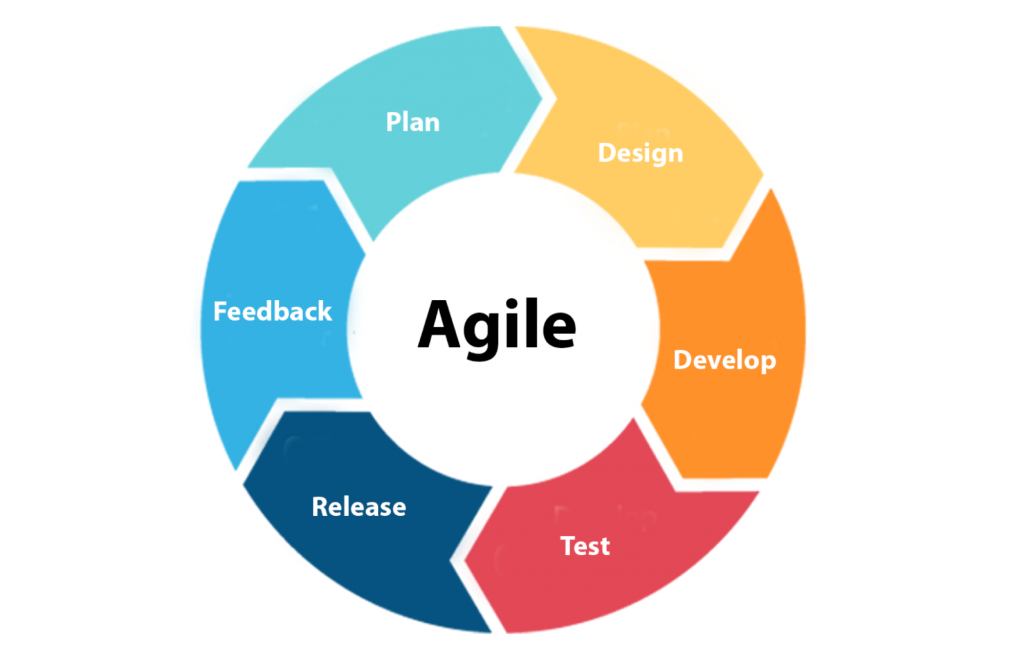Agile Design - A Guide to Reliable and Adaptable Item Creation
페이지 정보

본문
Intro
Agile Design provides a versatile, effective approach to product growth, combining active principles with style reasoning. This technique utilizes short, iterative cycles and rapid individual responses to generate remedies that fulfill individuals' progressing requirements. Agile Design is particularly efficient in a globe where market demands adjustment swiftly and items must be easy to use.
Defining Agile Design
Agile Layout combines design principles with active operations, resulting in items that are receptive, top notch, and user-centered. By accepting an iterative technique, Agile Style enables groups to check and improve their work, guaranteeing a close alignment with customer needs.
 Core Concepts of Agile Design
Core Concepts of Agile Design
User-Centered Reasoning: Agile Layout ensures user comments goes to the center of each version. This recurring comments process assists guide the development of a product that aligns with individual expectations.
Rapid Prototyping: Agile Style entails creating prototypes that can be checked and refined promptly, protecting against pricey layout adjustments at later phases.
Cross-Disciplinary Cooperation: Cooperation in between different teams, such as designers, designers, and stakeholders, is necessary to Agile Style's success.
Responsive to Change: Agile Layout encourages adaptability, adjusting as market needs or customer expectations evolve.
Why Agile Layout Issues
The Agile Layout process leads to items that much better fit users' requirements, creating an one-upmanship. By replying to real-time feedback, Agile Layout minimizes growth prices and produces products that adjust to changing needs.
Just How to Carry Out Agile Style
Break down the task into design sprints, which permits for quicker modifications based upon responses. Constant testing with actual individuals makes certain the final item matters and user-focused.
Agile Design supplies a flexible, efficient method to product advancement, combining active principles with layout reasoning. This technique makes use of short, repetitive cycles and quick individual comments to generate options that satisfy individuals' progressing needs. Agile user-centered design Design is specifically reliable in a globe where market requires adjustment promptly and products should be user-friendly.
Agile Design provides a versatile, effective approach to product growth, combining active principles with style reasoning. This technique utilizes short, iterative cycles and rapid individual responses to generate remedies that fulfill individuals' progressing requirements. Agile Design is particularly efficient in a globe where market demands adjustment swiftly and items must be easy to use.
Defining Agile Design
Agile Layout combines design principles with active operations, resulting in items that are receptive, top notch, and user-centered. By accepting an iterative technique, Agile Style enables groups to check and improve their work, guaranteeing a close alignment with customer needs.
 Core Concepts of Agile Design
Core Concepts of Agile DesignUser-Centered Reasoning: Agile Layout ensures user comments goes to the center of each version. This recurring comments process assists guide the development of a product that aligns with individual expectations.
Rapid Prototyping: Agile Style entails creating prototypes that can be checked and refined promptly, protecting against pricey layout adjustments at later phases.
Cross-Disciplinary Cooperation: Cooperation in between different teams, such as designers, designers, and stakeholders, is necessary to Agile Style's success.
Responsive to Change: Agile Layout encourages adaptability, adjusting as market needs or customer expectations evolve.
Why Agile Layout Issues
The Agile Layout process leads to items that much better fit users' requirements, creating an one-upmanship. By replying to real-time feedback, Agile Layout minimizes growth prices and produces products that adjust to changing needs.
Just How to Carry Out Agile Style
Break down the task into design sprints, which permits for quicker modifications based upon responses. Constant testing with actual individuals makes certain the final item matters and user-focused.
Agile Design supplies a flexible, efficient method to product advancement, combining active principles with layout reasoning. This technique makes use of short, repetitive cycles and quick individual comments to generate options that satisfy individuals' progressing needs. Agile user-centered design Design is specifically reliable in a globe where market requires adjustment promptly and products should be user-friendly.
- 이전글10 Healthy Habits To Use Link Collection 24.11.23
- 다음글Npr i believe essay 24.11.23
댓글목록
등록된 댓글이 없습니다.
